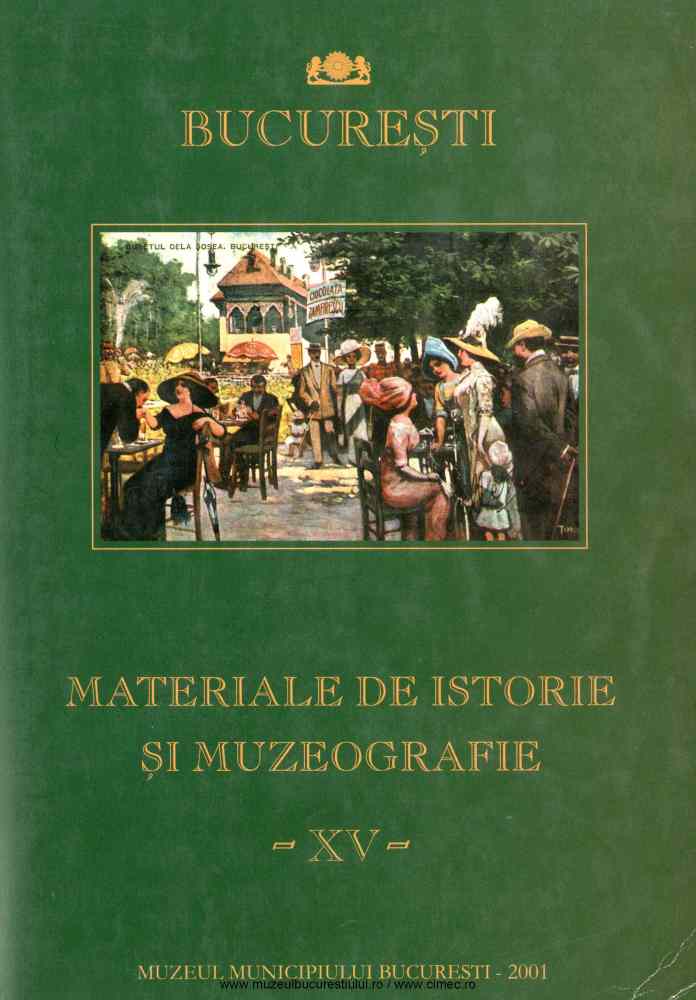
Tell - Zigurat - Piramida
| Autori |
|
| Secţiunea |
|
| Limba de redactare | română |
|
Descriptori
|
|
| Excerpt | Archaeological research diggings at the Chitila-Farm have allowed some observations concerning the growth of the ground level founding the anthropic hill called „ tell" by the specialists. This architectural aspect of human activity was typical of the Gumelnitza Neolithic culture that extended on both Danubian banks. During the cultural process, taking advantage of the soft climate of the atlantic period, and of the rich economical and biological potential of the ecosystem, man settled here, built houses, sanctuaries. During a historic epoch comprised between 4035-3600, having enjoyed peace and wealth, the history dynamics reached peaks never attained before. The cultural process went on according to neighbouring civilizations like Vinča, Petreşti, Cucuteni. Man had time enough to think about his part in the world and with the multitude of mysteries that surrounded him, he established magic-religious rituals. All these were revealed and understood by the results of archaeological diggings, suggesting that man is – and was, as Mircea Eliade showed it, - a religious being (homo religiosus). The element in view is the anthropic hill („tell") that shows man’s effort and volunteer work to get closer to the sky - to the dwelling of the deity. The starting point is the so-called propping vessel. It was around this propping vessel that the initiated priests of ancient limes performed their rituals dedicated to the Father Sun and Mother Earth. By historic evolution and by the assimilation of general knowledge available at the time, traditions grew richer, the house became a temple, a sanctuary. The idea irradiated towards the Mediterranean area, the Near East, the Mid Orient, enriched with new rituals in local contexts and new architectural forms as the zigurat and the pyramid, according to local climates, so that the state-city was horn with its social. juridical, religious forms of organization. Another phenomenon spread by cultural irradiation - that of letter engraving on ceramic plates - like those at Tărtăria, present in all the Danubian space, with civilizations like Vinča-Turdaş, Botan-Gumelnitza, as was shown by archaeological discoveries. From buildings on ground level, the altar entered the house, the house became a sanctuary and the sanctuary was risen on top of a hill, so the hill became „tell", zigurat, pyramid. |
| Paginaţia | |< << 56-78 >> >| |
| Descarcă fişierul | |
| Titlul volumului de apariție | |
| Editura | Publicat de: Muzeul Municipiului Bucureşti |
| Loc publicare | Bucureşti |




